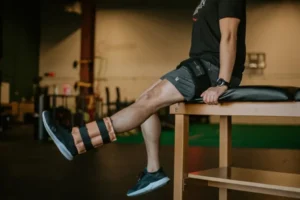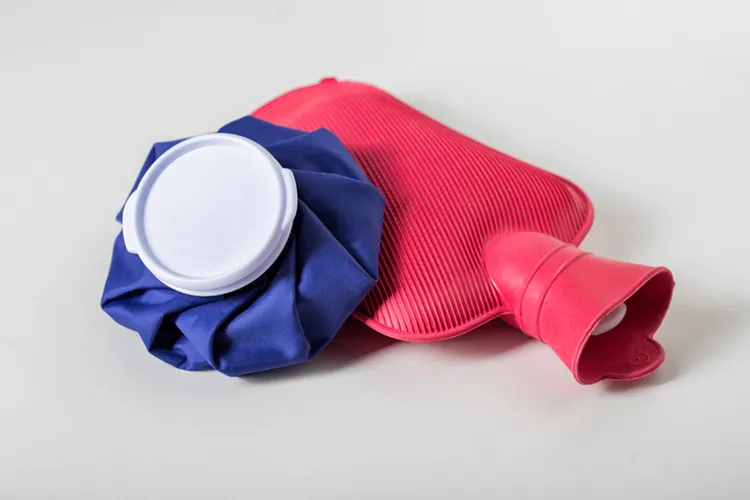
Call (239) 919-3510
Call (239) 919-3510

A very common question that arises within a therapy session is whether to use hot or cold for a particular injury/issue. While I am sure everyone has heard one recommendation over the other, the answer most often is issue specific. As we delve into the basics of thermoregulatory problems in our bodies, remember it is always best to consult a trained professional prior to using either.
So, hot or cold. There are a multitude of factors to determine what is best for you. While both can provide benefits to reducing pain, improving mobility, and increasing activity tolerance, the mechanisms through which this occurs are very different.
Heat application via a heating pad, a whirlpool/hot tub, a warm shower, moist heat, etc. results in the dilation of vessels, increase in blood flow and nutrient movement, and oxygen saturation to an area. This causes tissues to become more pliable, making our muscles, tendons, ligaments, and joints feel looser, more flexible, and easily moved as lactic acid is removed from the area. Heat can be applied to any area experiencing discomfort for an average of 10-30 minutes. Excessive exposure to heat elements can cause burns to occur as well as inflammatory responses to occur in the tissues.
Cold application (or cryotherapy as we call it in the business) from ice or cold packs help to constrict vessels and reduce the amount of fluid moving into an area. This reduces swelling or edema while also numbing the area and reducing pain responses. Applying cold to an ease can also reduce bleeding and therefore bruising following an injury. Cold can be applied to an area of pain or discomfort for 10-15 minutes, or usually until the ice melts or the cold pack becomes saturated. Cold should not be applied directly to the skin to avoid frostbite or burns but rather be wrapped in multiple layers to ensure no extreme temperature changes.
When trying to determine what form of treatment is best in the moment, a few generic practices can be applied to make the best decision possible. First, heat should be avoided for the first 48-72 hours following a new, acute injury. Cold will be more beneficial to reduce swelling and promote healing to the injured tissues. You may also hear healthcare professionals describe icing joints and heating muscles. This refers to using cold therapies when an injury has occurred at a joint and applying heat when a muscle strain or exercise soreness is present. Athletes tend to follow the idea of “heat before, ice after” which describes using heat before a sporting activity to increase blood flow and allow the muscles to feel more flexible and cold therapies following activity to reduce inflammatory effects.
As injuries occur, it is important to listen to your body. Soreness, aching, bumps, and bruises are all a part of the exercise and rehab processes. I hope this has been informative and helpful in determining the best course of action in the future!
One of the most important things to setting a New Year’s resolution is to keep it Real and Reasonable. Make the goal achievable and have monthly, and weekly mini goals as steps to achieving this main goal. To set a goal such as “be a better person” may sound great in your head, but that type of goal becomes very difficult for you to measure and to track weekly or monthly for progress. A good goal example would be “to lose 20 pounds this year”. That can be numerically tracked weekly and or monthly to set up steps of progress towards your main goal. Achieving smaller easier more reasonable goals allows you to keep motivation up and allow for a more likely success with your resolutions. I think setting easier goals to start is best and working to a bigger goal once the initial is achieved is another great way to get more success out of your resolutions.
Email: Info@naplespremierpt.com
Phone: (239)919-3510
Website: www.Naplespremierpt.com